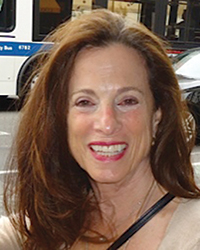As we wrap up the last quarter of 2015, five retail market factors are worthy of attention.
1. 92% of retail sales still originate in physical stores;
2. 80 million millennial’s shopping and eating patterns have already influenced change in local and national retailing;
3. Immigrant entrepreneurs bringing their culture and concepts have added excitement to wherever they locate;
4. Demand and affordability attract new residents to many older urban neighborhoods;
5. Retail/restaurants are vital amenities needed to complement residential development.
In the industry, there are many changes and innovations as retailers of all types compete to connect with the customer and bring a memorable shopping experience. Most significant of the innovations are: Pop-up stores that open in vacant storefronts, within other stores or even within restaurants; Big Box retailers re -sizing to squeeze into urban spaces; and Internet retailers opening physical stores and vice versa, physical stores operating on the Internet.
With all of this motion in the marketplace, price, speedy delivery of merchandise, and a sense of feeling “local” are elements for success, and many are adapting these measures to update their businesses. It is also notable that food in almost any format is an attraction and savvy retailers are finding ways to bring food into their current locations.
This set of retail circumstances presents great opportunities for the city of Boston, its environs, and even real estate in the Gateway Cities in the commonwealth.
Developers, city officials, planning groups, chambers of commerce should be planning, looking, and casting their nets to revive retail neighborhoods and centers for enhanced marketability and value.
Boston does have traditional, classic retail streets and centers; however, it lacks what many other great cities have: a funky retail/restaurant/ arts neighborhood with new designers and entrepreneurs and their innovative retail concepts. This could be a live work, play area sprinkled with small art galleries, coffee shops, bars and music venues.
This can only occur outside the central business district and already established innovation hub since rents must be affordable for new residents and businesses. Given that public transportation is fundamental to this type of district, why not start to seriously consider the many opportunities still available in Dorchester and Roxbury? With planning, public and private initiatives, coalitions of developers and property owners, Boston could serve innovators who now are seeking space and also create value for many under-used properties. Once again, now is the time.
Carol Todreas is a principal at Todreas Hanley Associates, Cambridge, Mass.

